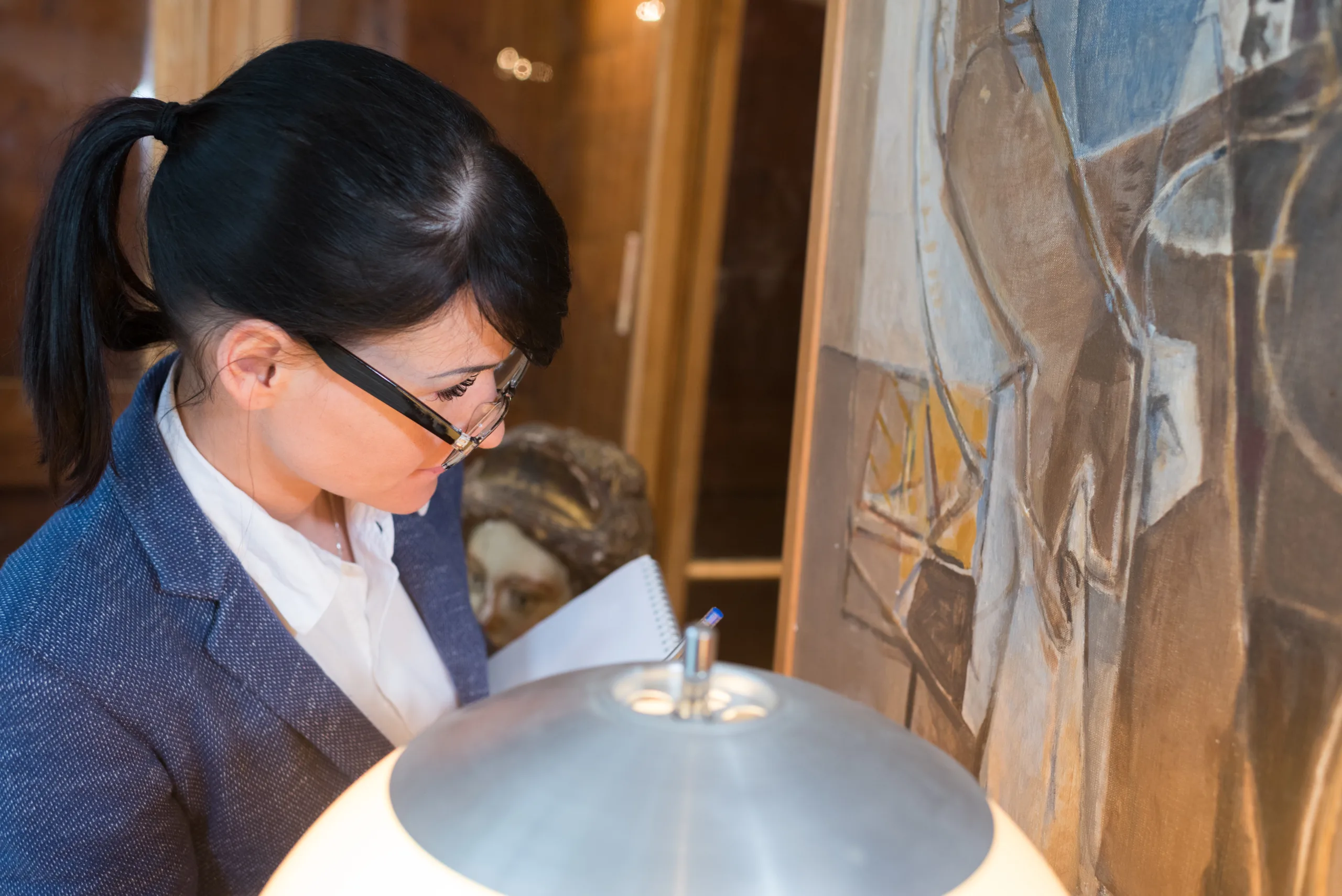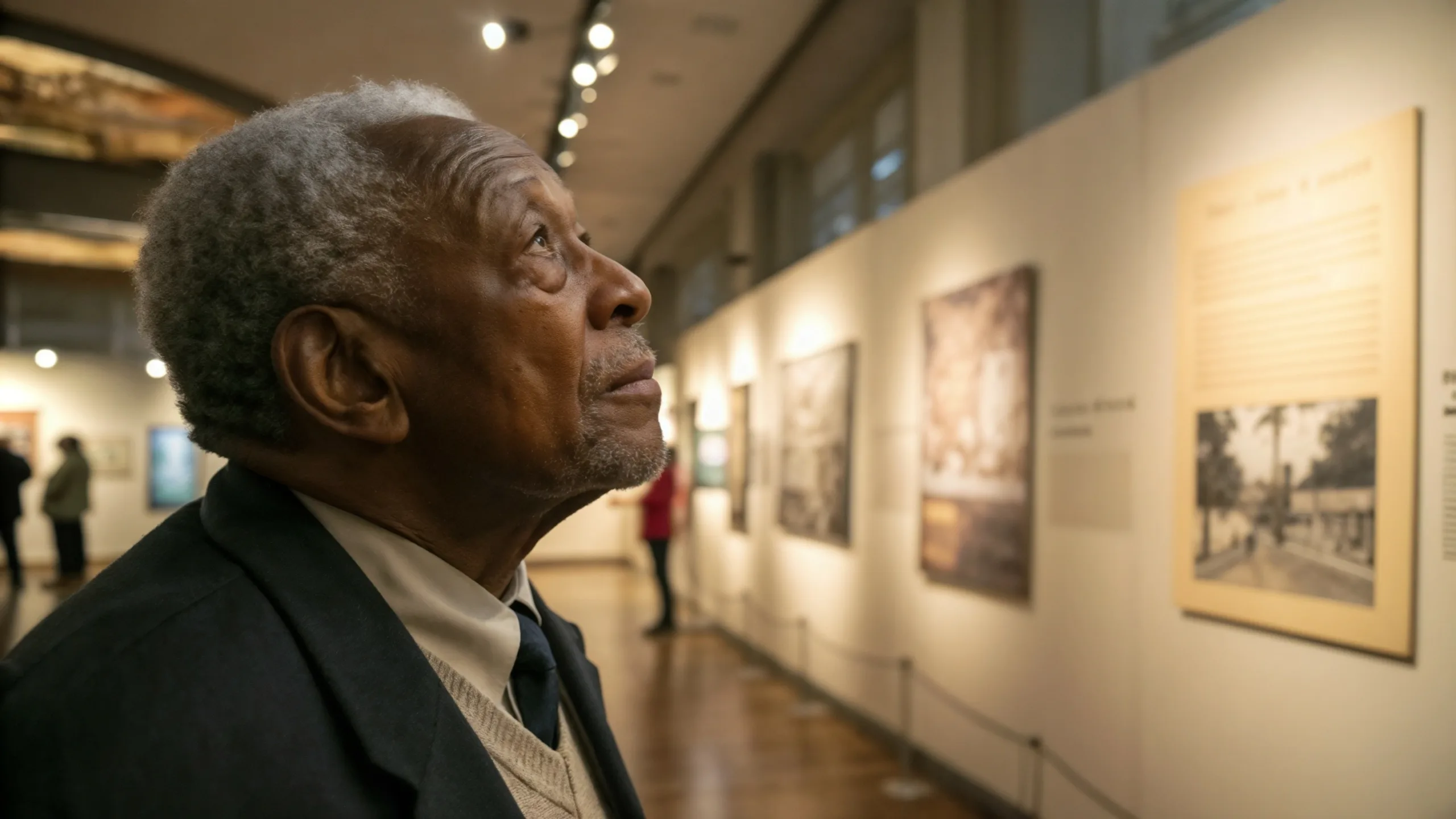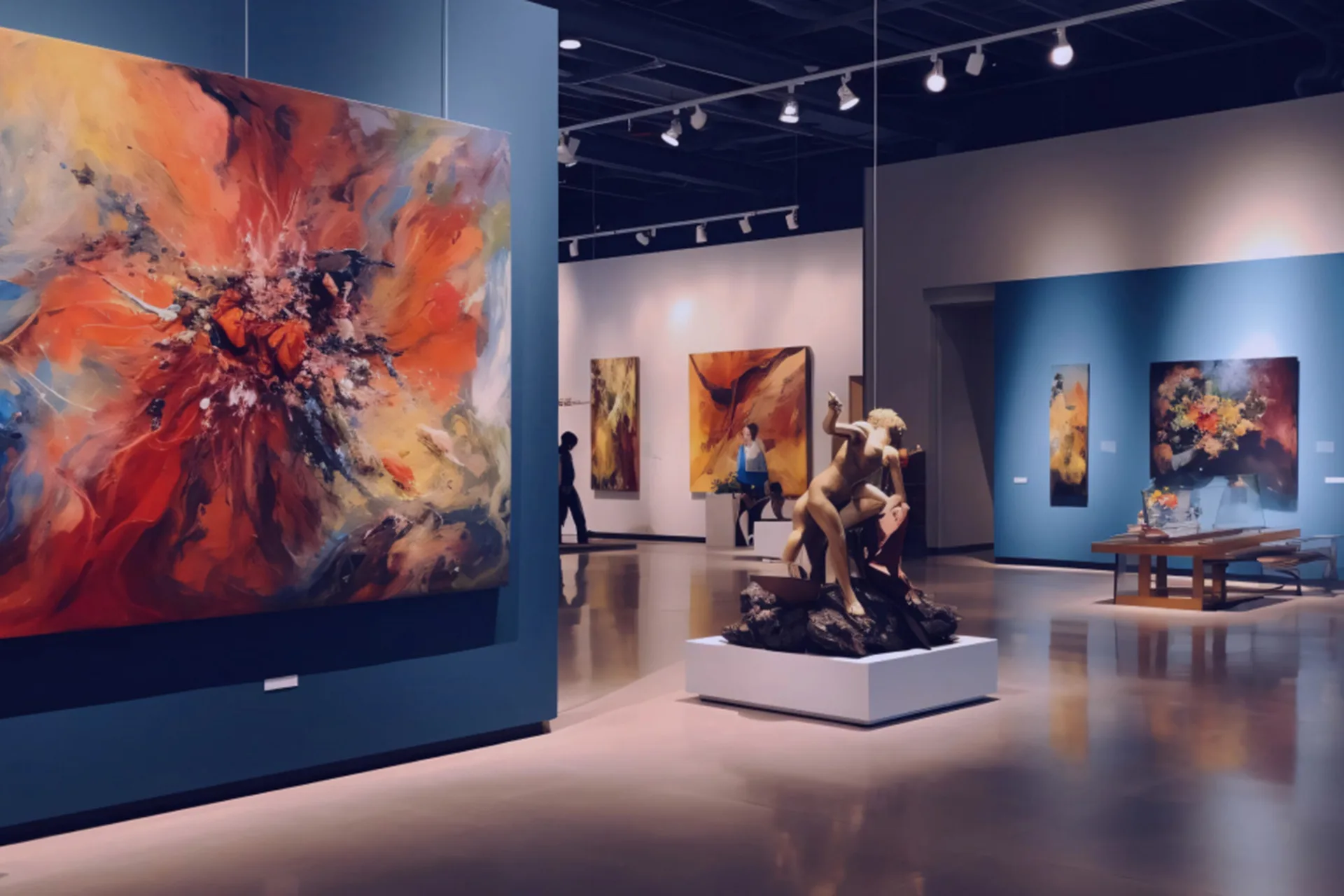Join Our Newsletter
Join our mailing list and get all the latest news sent directly to your inbox.


Insurance is something that anyone organising or receiving a touring exhibition needs to understand and be aware of, most particularly establishing who is responsible for insurance at each stage in the exhibition?s life.

Taking part in an international tour, whether you are an organiser or a receiving venue, can be exciting and rewarding. Apart from extending the life of an exhibition and giving it an international audience, an overseas tour may increase the profile and reputation of an organisation and its collection, and the extra income generated may allow a larger project to be realised.

Interpretation is not just a presentation of the facts. It is a means of delivering stories and messages in an interesting, meaningful and relevant way to your audience; layering information to take account of differing learning styles, access requirements and audience types; this takes practice, planning and time.

This chapter provides guidance to tour originators and receiving venues in developing bespoke learning and education programmes, in conjunction with exhibition and tour planning.

Many exhibitions include loans from external sources to augment the organising venue’s collection and to explore the narrative or subject in full. Touring exhibitions are no exception to this rule.

Market research and marketing go hand in hand. As exhibition galleries develop closer relationships with their visitors, through audience development work, then the role of marketing develops in significance, and market research becomes an important tool to understand the market and to discover how better to communicate with it.

The marketing of an exhibition may be sophisticated or simple, but the main objective remains the same – to generate publicity in order to attract visitors.

There are lots of different ways that video, audio and other electronic media can be used within exhibitions. This chapter is a brief introduction to some of the technical considerations that you will need to make when including these types of works and displays in an exhibition.

Determining the suitability of an object to go on tour is an exercise in risk management.

The progress from initial concept to realisation is a process of constant questioning, where answers will help to identify an exhibition’s intention and scope.

The traditional purpose of the catalogue is to list and describe all works included in an exhibition. The extent to which this basic function is extended and elaborated will depend on the overall aims of the exhibition and the expected size and commitment of the exhibition’s visitors.

This section looks at the key areas to consider when developing or purchasing retail products for a touring exhibition. Some factors need only be considered by the exhibition organiser, but some will be relevant for both organiser and venue(s).

Touring exhibitions carry many risks with them: financial, damage to objects, reputation, health and safety etc. Most of us manage these risks without knowing we are doing it. However, many institutions nowadays require evidence that risks have been identified and are being managed.

Exhibits in touring exhibitions must be transported and kept in conditions that are at least as secure as those they normally enjoy.

A social inclusion policy within a gallery or museum is primarily about reconnecting marginalised people with local services and opportunities, and ensuring that the multiple issues associated with personal problems and circumstances continue to be addressed.